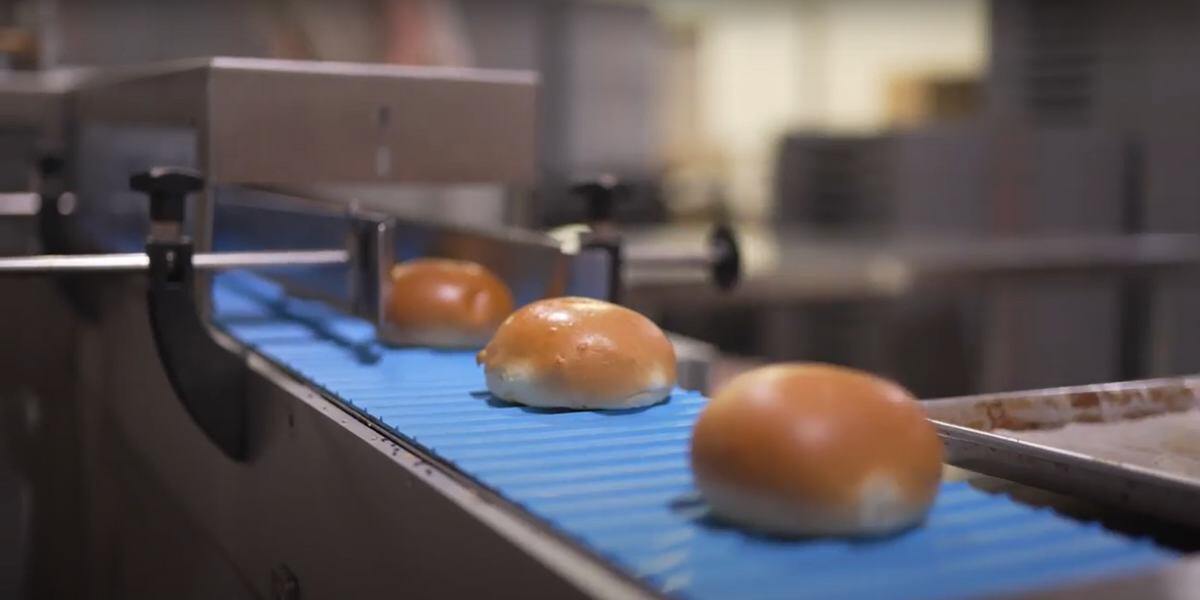With sales of manufactured products reaching $156.5 billion by 2022, accounting for 18.2% of total Canadian manufacturing sales and 1.7% of national GDP, the food and beverage processing industry has established itself as the mainstay of the Canadian manufacturing industry. This vital sector, which employs 300,000 people, is particularly dynamic in Ontario and Quebec, where it accounts for some 60% of national production.
The agri-food sector, a pillar of our economy, is constantly evolving. Faced with growing demand, ever-higher quality standards and a shortage of skilled labor, the food industry is increasingly turning to robotics and automation to optimize its processes and gain in competitiveness.
Why incorporate robotics into the food industry?
- Increased productivity: Robots can work around the clock, boosting output and production capacity.
- Improved quality: Thanks to their precision and repeatability, robots help reduce human error and guarantee consistent product quality.
- Increased safety: By taking over arduous and dangerous tasks, robots improve working conditions and reduce the risk of accidents.
- Flexibility: Robots can be quickly reprogrammed to adapt to new products or production changes.
- Traceability: The use of robots enables better product traceability, an essential element in the food sector.
The challenges
Despite these advantages, integrating robotics into the food industry is not without its challenges:
- Initial investment: The acquisition and implementation of robots represents a significant cost. It is therefore important to understand the profitability of the solution, rather than focusing only on the initial cost.
- Specific working environment: Food production environments are often humid, with variable temperatures, and are subject to different standards, which requires adapted robots.
- Health and hygiene regulations: Hygiene and safety standards are strict in the food industry, and robots must meet them.
The concrete uses of robotics
- Handling and packaging: Robots can pack, palletize and depalletize food products quickly and accurately.
- Quality control: Robots equipped with machine vision systems (cameras, 2D/3D sensors) can inspect finished products and detect defects.
- Food preparation: Robots can automate many stages of food preparation.
- Cleaning and disinfection: Robots can clean and disinfect equipment and work surfaces.
Case study: Boulangerie La Fabrique
Revtech implemented an innovative conveyor system that monitors and stabilizes the products, enabling the robot to pick them up and place them in a bag. This system eliminated the tedious task of manual packing, simplifying the operators' work. The main objective was to make the packer's job less demanding, as the company had a high turnover rate for this position. This automation has enabled the company to manage its production efficiently and maintain high quality standards for its top-of-the-range products. (Video in french)
Where to begin?
To integrate robotics into your business, we suggest you assess your needs by identifying the tasks that could be automated and the benefits you'll derive from doing so. Call on a robotics integrator to help you choose the robots best suited to your production environment and specific needs. Set up a multidisciplinary team to manage the integration project, and make sure your employees are trained to work effectively with the robots.
Robotics offer many opportunities for the food processing industry. By overcoming challenges and choosing the right solutions, companies can significantly improve their productivity, product quality and competitiveness.
Would you like to find out more about robotic solutions for your company? Contact our experts. We can help you at every stage of your automation project.
Sources : Agriculture and Agri-Food Canada

